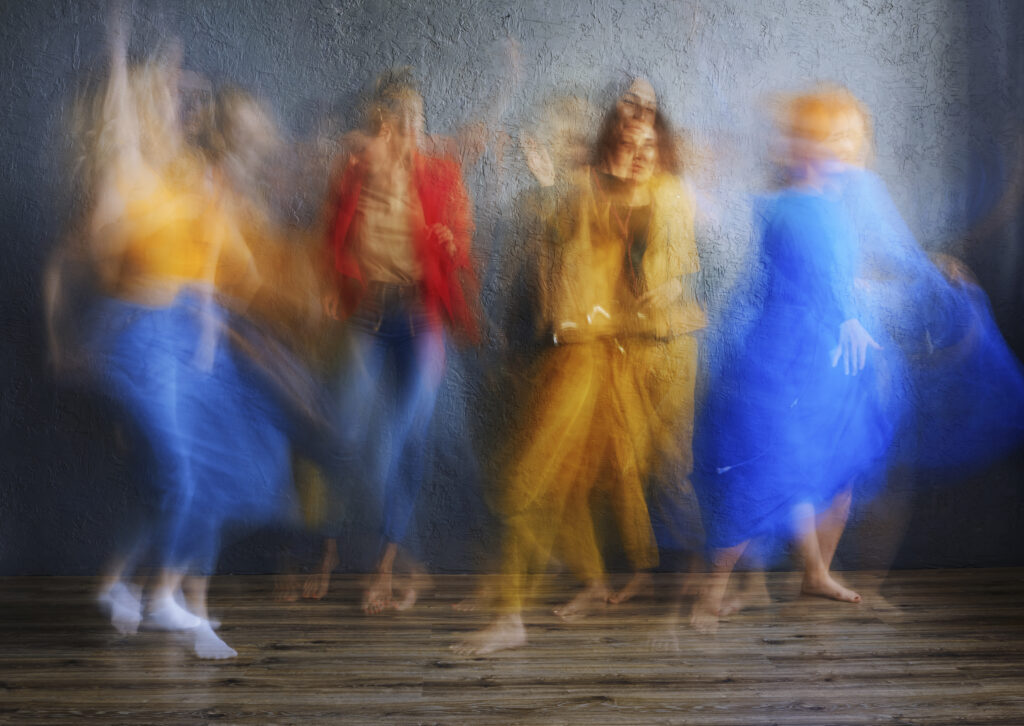Making Anthropological Poetry Reel

For a digital anthropology seminar at the University of Denver, I asked my students: “Why do the pressures of our lived realities demand a response through poetry?” That question launched an assignment in which they were asked to create short videos based on three poems published at SAPIENS. I sought to create a free space for them to explore the role of imagination and creativity within the field of anthropology.
My belief in creating these spaces in the classroom goes beyond making an assignment that will meet specific requirements and deadlines. Through the imagination, certain emotions and truths about being alive can be revealed—outside of the standard rigors of the academy. To find those emotions and truths, and to remind others of the daily rigors of life, is the role of artists and academics.
Students were free to choose their poems from the dozens that have been featured at the magazine and to create a social media post that could be published. Students used Canva, an online design program, to make their short videos and workshopped reel proposals with Digital Editor Sophie Muro and Poetry Editor Christine Weeber, both staff at SAPIENS.
The poems featured below are remarkable in how the authors use society, politics, place, and history as their material. These poet-anthropologists take the emotions of their observations and analyses, and transform them into something equally relatable, accessible, saddening, maddening, and hopeful. They go beyond mere reporting and arguing. As one student noted to me, “the poems can bring us into different levels of understanding in a way that is really exciting and even magical.”
ETHIOPIA
Student reflections from Helena Bolle, Jona Fuller, A.J. Paladino, Cecelia Jones, and Adzel Lopez:
In this reel, we wanted to embody the feeling of the poem “Ethiopia” by Nigerian poet-anthropologist Peter-Jazzy Ezeh. We hoped to accurately represent Ethiopia as a symbol of hope and strength in Africa. We also wanted to convey the positive message of Ethiopia’s identity as an independent, uncolonized African state.
To avoid stereotypes about Ethiopia, we used imagery that was inclusive—from archival to modern and from urban to landscape. We hope this reel shows the true uplifting message of this poem and inspires the spirit of Ethiopia.
WE ALL LOVE ROSES
Student summary from Ashley Ellis, Delanee Taylor, Q. Rodriguez-Oregel, and Andrea Alzade:
Our reel for the poem “We All Love Roses” by SAPIENS’ 2022 poet-in-residence, Jason Vasser-Elong, represents the frustration that is felt by those who witness and are affected by the cyclical nature of violence in the U.S. In particular, we wanted to reflect how this poem addresses the systemic violence that has been perpetuated against people of color.
To achieve this, we included historical photographs from the Civil Rights marches and Harlem riots of 1964, and images from modern movements, such as Black Lives Matter, to display various forms of violence people face. We also use short video clips to address and emphasize the hypocrisy that exists in our court systems, and how there continues to be a lack of justice for victims. Our goal was to showcase how Jason’s use of the rose becomes a metaphor to display the juxtaposition of the humanity that exists within the perpetrators who perform these violent acts.
HEART OF STONE
Student summary from RCeli Castro, Jaclyn Denley, Sam Levering, Linh Nguyen, and Isabel Dart:
In this reel, we wanted to embark on a visual and experiential exploration of poet-anthropologist Susana Fabre’s poem “Heart of Stone,” which tells an individual’s story but also those of people over a span of nearly a thousand years who resided on El Pedregal, a lava field on the south side of Mexico City. The poem describes the cyclical nature of violence and antagonism between men and the environment through the effects of migration, while also embodying an Indigenous epistemology, particularly animism, or the belief that objects, plants, and natural phenomena have souls and agency.
We were inspired by the collaborative work of poet Jennifer Elise Foerster and filmmaker Steven Yazzie for the Denver Art Museum’s Near East to Far West: Fictions of French and American Colonialism Exhibit, in which Foerster and Yazzie explored the constructive creative potential of generative AI. The process of close reading and word generating allowed us to engage with the poem in curious and creative manners. For this project, we utilized the text-to-image tool Stable Diffusion to generate images line by line and stitched them together in Canva. The tool enabled us to think literally and visually about the poem and sidestep some of the difficulties of using copyrighted images.





























